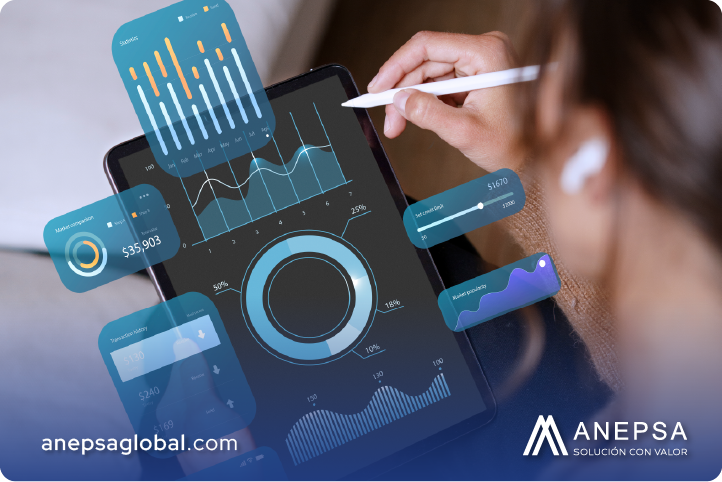Software Appraisal – What is software appraisal? | ANEPSA
index

What is a software appraisal?
The software appraisal It is the process by which the economic value of software, considered an intangible asset, is determined. This analysis is fundamental for companies, as it allows them to understand the potential impact of the software on their operations and the value it can add to their processes, which could translate into higher revenues. To carry out this analysis, appraisal, various factors are evaluated, such as the source code, the technology used, the quality of the product, the available documentation and other relevant elements that influence its performance and applicability.
Why is a software appraisal necessary?
It is essential to know the value of the software purchased to make a appraisal It requires identifying both the advantages and disadvantages that this brings to the company. Key aspects to consider include income, expenses, and the competitive advantage compared to other organizations in the same sector. Institutions such as banks and even the FOCIR (Rural Sector Capitalization and Investment Fund, part of the Ministry of Finance and Public Credit) often invest in companies, using the software as collateral.
The software appraisal It is essential in various scenarios, such as:
- Mergers and acquisitions
- Buying and selling software
- Licensing: when determining the value of software licenses, both for purchase and leasing.
- Obtaining financing
- Valuation of intangible assets
- Technological audits
- Business restructuring
What are the benefits of a software appraisal?
Software has become increasingly important in today's business environment, becoming one of the most essential tools for organizations. It automates operations, solves complex problems, and optimizes processes. Due to its impact on business performance, it is crucial to accurately understand the value of software, which facilitates strategic decision-making for the future.
By conducting a software appraisal, you can gain several benefits that contribute to the proper management and utilization of this tool. Some of the main benefits include:
- Better decision makingKnowing the true value of software allows for informed decisions about purchasing, renewing, or upgrading. It helps assess whether current software is still cost-effective or if changes are necessary.
- Cost optimizationAn accurate pricing helps identify whether you are overpaying for licenses or if there are more cost-effective alternatives without sacrificing software quality or functionality.
- Legal complianceKnowing the value and licenses of software ensures that the organization is complying with intellectual property regulations and avoiding potential legal penalties for misuse.
- Maximizing investment: : It allows you to identify opportunities to maximize the performance of your technology investments by taking full advantage of the software's features and functionalities.
- Efficient management of digital assets: It helps maintain proper control of digital assets within the company, facilitating their management and timely updating according to changing business needs.
- Identification of obsolescence risks: With a periodic assessment, you can identify software that may be becoming obsolete or no longer compatible with other systems, allowing for appropriate transition planning.
- Improved securityEvaluating software for its security features, updates, and support helps ensure it stays up to date with vulnerabilities and threats.
- Alignment with business objectivesThrough valuation, it is possible to determine whether the software remains aligned with the company's strategic and operational objectives, contributing to its sustained growth.
When is a software appraisal necessary?
| Need | Solution | |
|---|---|---|
 |
Deferral of payments to Social Security or the Treasury | Use the value of the software as collateral to request payment deferrals or extended terms. |
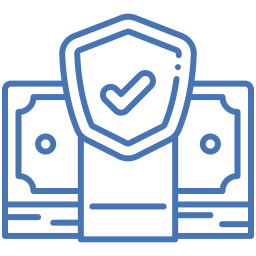 |
Guarantee on credit applications | Allows you to use software as an asset to support financing or credit applications. |
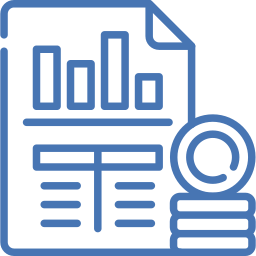 |
Updating financial statements | Ensures the correct inclusion of digital assets in financial statements, reflecting their updated value. |
 |
Commercial operations | Facilitates business transactions, such as mergers and acquisitions, by providing tangible value for the software involved. |
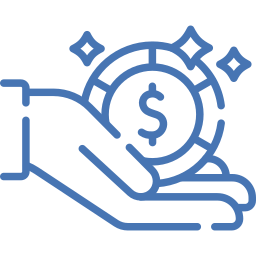 |
Contribution of assets in the incorporation of a company | It allows partners to contribute software as part of the share capital of a new company. |
 |
Capital appraisal for a potential investor | It helps demonstrate the value of software as a key intangible component in the company's presentation to investors. |
 |
Resolution of disputes or conflicts | It serves as evidence in judicial or extrajudicial disputes related to the value of software assets. |
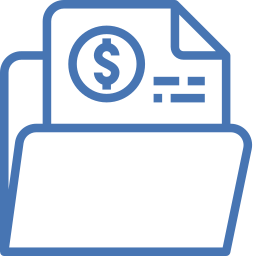 |
Request a guaranteed loan | Facilitates obtaining financing using the appraised software as collateral. |
 |
Deferral of tax or benefit payments | It allows for the negotiation of extended payment terms for taxes or benefits, supported by the value of the intangible asset. |
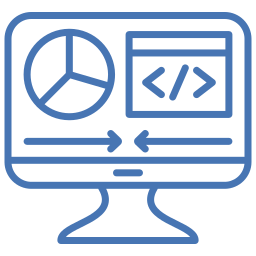 |
Justification for the purchase or sale of software | It allows the value of the software to be validated during commercial transactions, guaranteeing its fair price. |
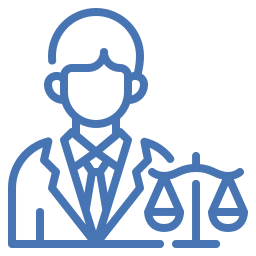 |
Legal defense in software asset disputes | It provides a solid basis for resolving conflicts, such as shareholder disputes or cost justification in software-related projects. |
 |
Organizational risk management | It facilitates the identification of the most valuable assets and the implementation of appropriate protection measures. |
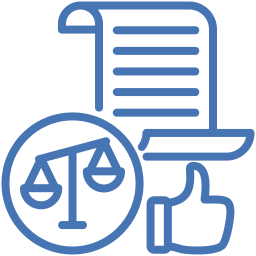 |
Access to financing and guarantees | By supporting their funding request with the value of the software, companies can obtain financial support or guarantees for new projects. |
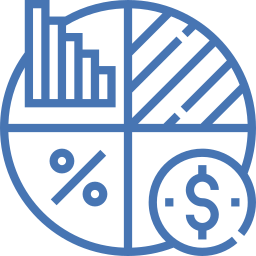 |
Recognition in financial statements and tax benefits | Ensures the software is correctly included in the company's balance sheets, which can also allow for tax deductions in certain cases. |
What valuation methods are used in a software appraisal?
There are three main approaches to assess a software, each with its own criteria and application according to the circumstances and objectives of the company:
1. Cost Approach
This approach estimates the value of a software based on the cost incurred for its development or replacement. It is ideal for assess assets that do not generate direct income, but are necessary for the operation of the company.
To carry out this appraisal, the costs associated with software development must be considered, such as:
- Salaries of programmers or development team.
- Time invested in the project.
- Technological infrastructure, such as servers and additional resources.
- Software licenses and other related costs.
This method is useful when the software is an essential component of the operation, but is not directly linked to revenue generation.
2. Market Approach
The market approach is based on the market value of a comparable asset. Here, the value of the software is determined by the price at which similar assets have sold under similar conditions.
To apply this approach, it is required:
- Study previous purchase and sale transactions for similar software rights.
- Compare the development cost of software that shares key features with the software being valued.
With this information, a reasonable estimate of the market value of the software in question can be obtained.
3. Income Approach
The income approach focuses on the present value of future cash flows that the software will generate over its useful life, or even in perpetuity if a terminal value is used.
This method is appropriate for assess Software that is integral to a company's revenue generation. To apply this approach, a detailed financial analysis of the company is required, taking into account:
- Financial statements, such as balance sheets and income statements.
- Projections of revenue that the software can generate over its useful life.
- Operating costs related to the software.
This approach is particularly useful when the software is a direct revenue generator or a long-term strategic value generator.
What types of software can be appraised?
Software is classified into various categories based on its function within a system, with each type fulfilling a specific role. Below are the main types of software we evaluate:
- BIOS (Basic Input Output System)
It is the fundamental software that allows a computer or device to power on and communicate with the hardware. Its main function is to prepare the system for proper operation. The BIOS is essential for the proper functioning of any device. - Operating System (OS)
The operating system is the software that manages hardware resources and facilitates user interaction. Once the BIOS has completed its function, the operating system takes over, allowing applications and processes to run. There are different types of operating systems, tailored to the characteristics of the device used, such as Windows, macOS, Linux, Android, iOS, and others. - Utility Software
This type of software is responsible for system maintenance and optimization tasks. It includes tools such as the control panel, file management, disk drives, and other applications that ensure the proper functioning and efficiency of the system. - Application Software
This software is designed to perform specific tasks and is not necessarily related to basic computer operations. It is used for specific purposes, such as document creation, graphic design, or database management. Within this category, there are several subtypes:- Generic Software: Mass-produced and intended for general commercial use. Common examples include web browsers, music players, and office suites (such as Microsoft Office).
- Custom-Made SoftwareThese are customized applications designed for very specific needs, often for a single client or a small group of users. An example of this type is mobile banking apps.
- Communication SoftwareThis software enables communication between devices, facilitating the transfer of information. Examples include instant messaging applications, email, and video conferencing platforms.
- Embedded Software: Used to control electronic devices and specifically designed to integrate with a computer's hardware. This type of software is found in products such as video games, remote controls, car navigation systems, and smart home appliances.



